Why Graphene Stands Out Among Heating Materials
Although it’s still summer, winter isn’t far off. Currently, in China, many heating products made from carbon-based materials are available, and domestic testing agencies refer to them all as carbon fiber heating products. However, these products can actually be subdivided into carbon fiber, carbon crystal, and graphene. Today, let’s take a closer look at the differences between carbon fiber, carbon crystal, and graphene in heating products, and determine which is the most suitable for heating purposes.
1. Differences Between the Three Materials
Carbon Fiber:
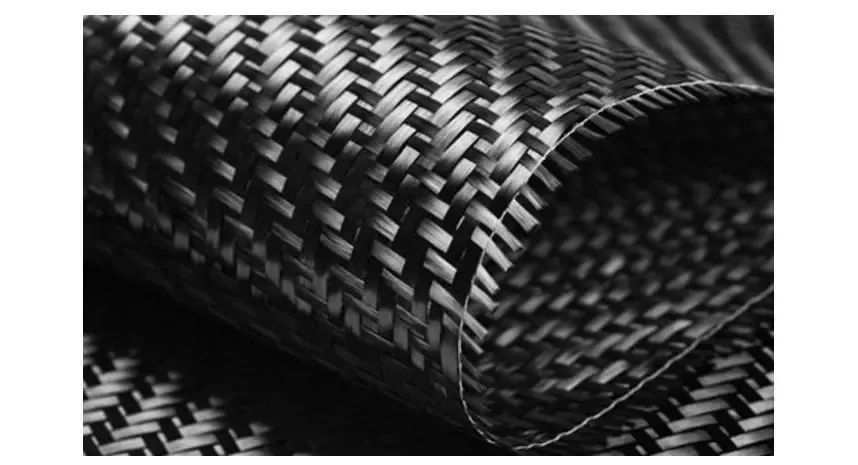
Carbon fiber is an inorganic polymer fiber with a carbon content of over 90%. It is made from organic fibers through carbonization and graphitization, resulting in microcrystalline graphite material, also known as graphite fiber.
Graphene:
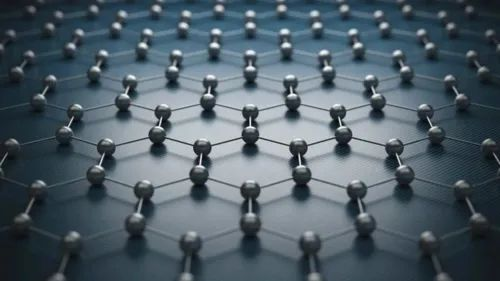
Graphene is a quasi-two-dimensional material obtained by peeling off layers of graphite, with a thickness of just one atom. Its thickness is about 0.335 nm. To put it simply, stacking layers of graphene forms graphite, and a 1 mm thick piece of graphite contains roughly 3 million layers of graphene. When a pencil glides across paper, the trace it leaves behind could be just a few layers of graphene. Because graphene consists of only one atomic layer, electrons move much faster within it than in typical conductors, making it an excellent conductor of both heat and electricity. Even at room temperature, graphene remains highly stable, with minimal interference from surrounding carbon atoms. For this reason, graphene is often referred to as “black gold” and “new material,” and many scientists predict that it will “completely transform the 21st century.”
Carbon Crystal:
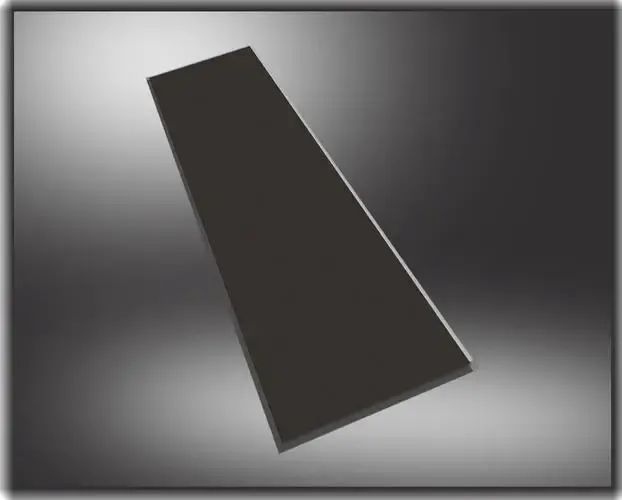
In simple terms, carbon crystal products are made by pressing carbon particles mixed with an adhesive to form a panel. Manufacturing such products does not require any advanced technology or patents, making the entry barrier low. Therefore, carbon crystal heating films and graphene heating films are entirely different materials, with graphene being superior in terms of conductivity, thermal efficiency, stability, and other performance factors.
2. Graphene Provides the Best Heating Performance

Among the three materials, graphene heating films heat up the fastest and most evenly, eliminating surface temperature inconsistencies and preventing surface deformation. Graphene floor heating films also have the best electrical conductivity, resulting in the highest conversion rate of electrical energy to heat, with minimal energy loss. In recent years, graphene has been widely used in home decoration and other insulation projects for civilian use.
Graphene’s superior thermal conductivity enables it to quickly and efficiently distribute heat throughout a floor heating system. Additionally, graphene is more heat-resistant than carbon fiber, allowing it to withstand higher temperatures. While carbon fiber also has good thermal conductivity, it is inferior to graphene and may result in uneven heating zones. Carbon fiber is also less heat-resistant, making it more prone to damage under high temperatures.
As a leading innovation in consumer heating solutions, graphene floor heating (often referred to as graphene heating films within the industry) was included in the Ministry of Industry and Information Technology’s Key Materials Directory as early as 2019. Between 2017 and 2021, graphene was recognized as a frontier material in four rounds of the Guidance Catalog for the First Batch Application of Key New Materials.
On August 17, 2022, four government bodies, including the Ministry of Industry and Information Technology and the State-owned Assets Supervision and Administration Commission, issued the Implementation Plan for the “Three Products” in the Raw Materials Industry. This plan emphasized the proactive development of cutting-edge materials such as graphene, quantum materials, and intelligent materials. These regulations and policy documents have created a solid policy foundation for the development of the graphene industry.
3. Why is Heat from Graphene More Beneficial for Human Health?
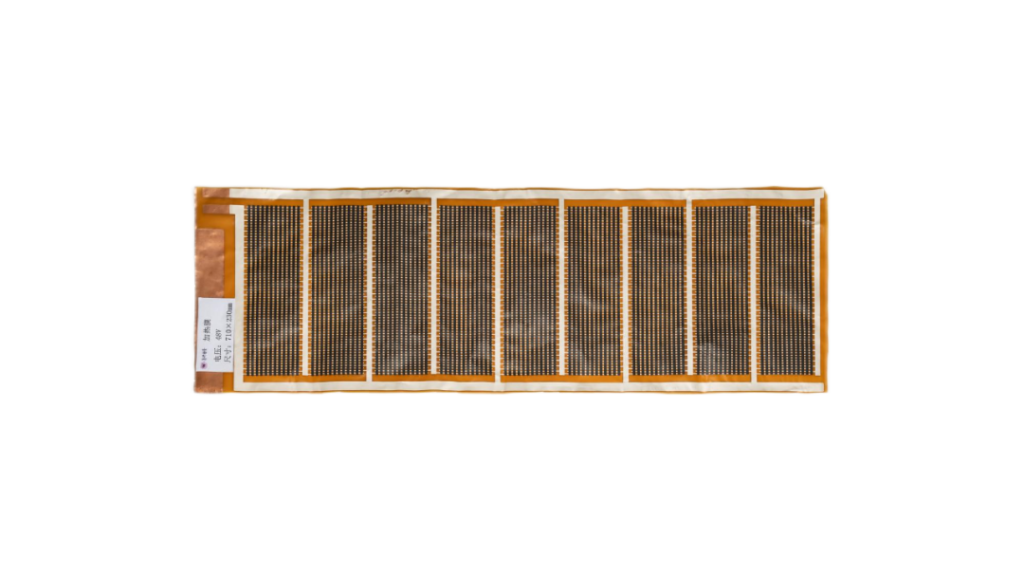
Some people might wonder: many materials can generate heat and transfer energy to the human body, so why is graphene heat said to be more beneficial for human health?
Before answering this question, let’s first understand energy conversion. Electrical energy can be converted into heat energy through a conductor, and heat energy can then be transferred through radiation, conduction, and convection. Among these, heat radiation is primarily manifested as infrared radiation.
1. Far-Infrared Rays are “Life Waves”
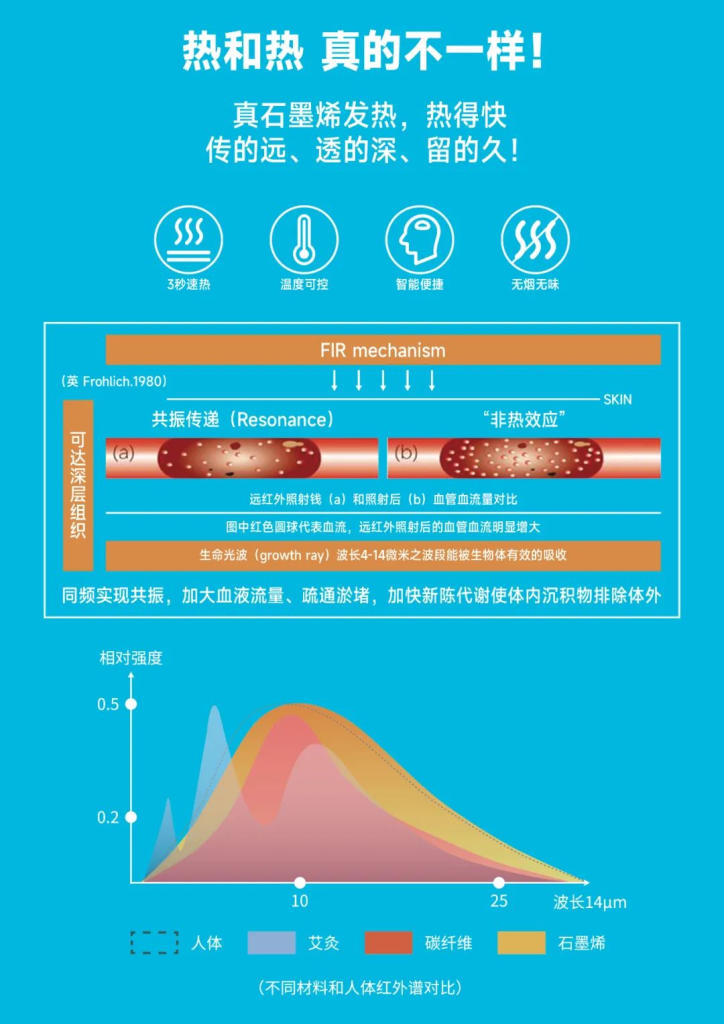
The sunlight that reaches Earth consists of visible light waves (red, orange, yellow, green, blue, indigo, violet) and invisible light waves (infrared rays, ultraviolet rays, X-rays, etc.). Infrared rays, with wavelengths between 0.75 and 1000 micrometers, are divided into near-infrared, mid-infrared, and far-infrared rays.
Medical research has shown that the infrared rays emitted by the human body fall primarily within the 6-14 micrometer wavelength range, which lies within the far-infrared spectrum. When the human body absorbs light waves in this range, it causes water molecules in cells to resonate, promoting the dilation of microvessels, improving blood circulation, boosting metabolism, and enhancing immunity and healing. For this reason, far-infrared rays within this wavelength range are known as “life waves.” Pure graphene heating films emit far-infrared waves concentrated in the 6-14 micrometer range, as verified by the National Infrared Center.
The wavelength range of graphene’s far-infrared emissions closely matches the far-infrared range emitted by the human body. This characteristic has led to significant breakthroughs in the health field, including applications in tumor hyperthermia, pain relief, and immune enhancement.
2. Far-Infrared Rays Are the Most Beneficial for Human Absorption
Materials that transfer far-infrared heat energy, such as moxibustion, electric heating wires, and stone-based materials, are widely used for health benefits. When comparing these materials, the overlap between their far-infrared emission wavelengths and the human body’s far-infrared range determines their relative health benefits. The 6-14 micrometer far-infrared waves emitted by graphene closely overlap with the body’s own far-infrared emissions, making graphene’s far-infrared radiation the most beneficial “life wave” for human health.
Source: Graphene Express

